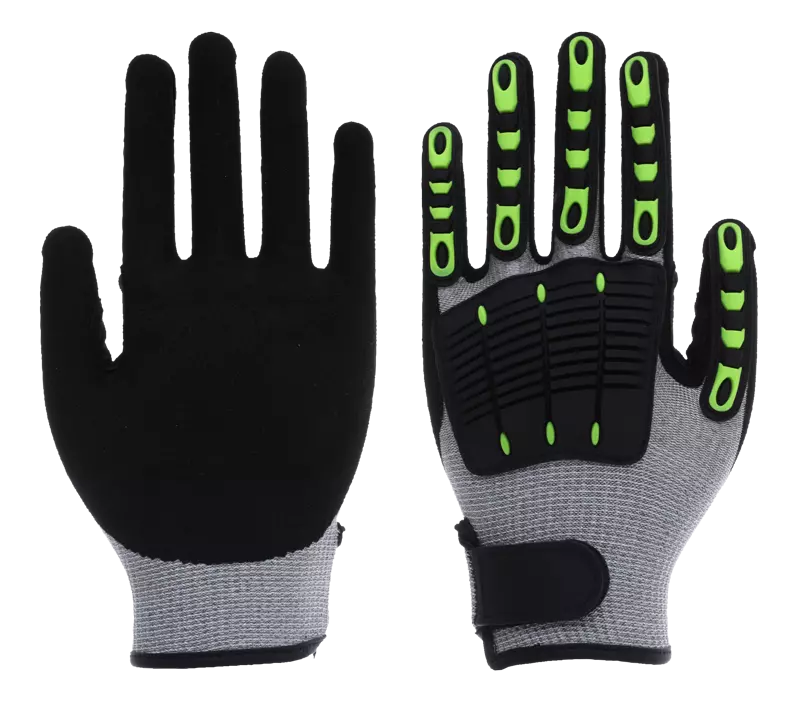
Features You'll Love

Cuff Style · Hook And Loop
Adjustable hook and loop cuffs provide a secure, custom fit, keeping your gloves comfortably in place for optimal protection.

Cuff Style · Knit
A snug knit cuff provides a comfortable, secure fit that keeps debris out and your gloves in place.

Support · Reinforced Thumb Crotch
Identifies areas of the glove with additional reinforcement for enhanced protection and durability in high-wear zones.

Coating Material · Nitrile
The substance applied to glove surfaces to enhance grip, durability, and protection, with different materials suited for various work conditions.
Nitrex
13gg grey cut resistant sandy nitrile TPE glove, 10 pairs
13gg grey cut resistant sandy nitrile TPE glove, 10 pairs
4.7 / 5
200,93 €
Price per 10 packages (10 pairs)
20,09 € / pair
Choose size
Free delivery
Features You'll Love

Cuff Style · Hook And Loop
Adjustable hook and loop cuffs provide a secure, custom fit, keeping your gloves comfortably in place for optimal protection.

Cuff Style · Knit
A snug knit cuff provides a comfortable, secure fit that keeps debris out and your gloves in place.

Support · Reinforced Thumb Crotch
Identifies areas of the glove with additional reinforcement for enhanced protection and durability in high-wear zones.

Coating Material · Nitrile
The substance applied to glove surfaces to enhance grip, durability, and protection, with different materials suited for various work conditions.
Product description
The product description has not been specified